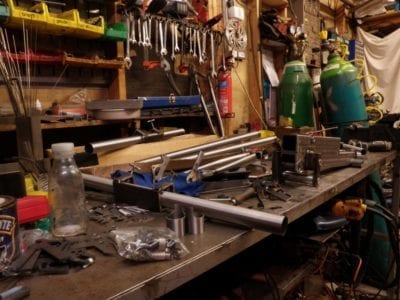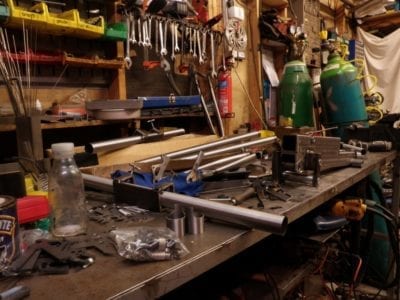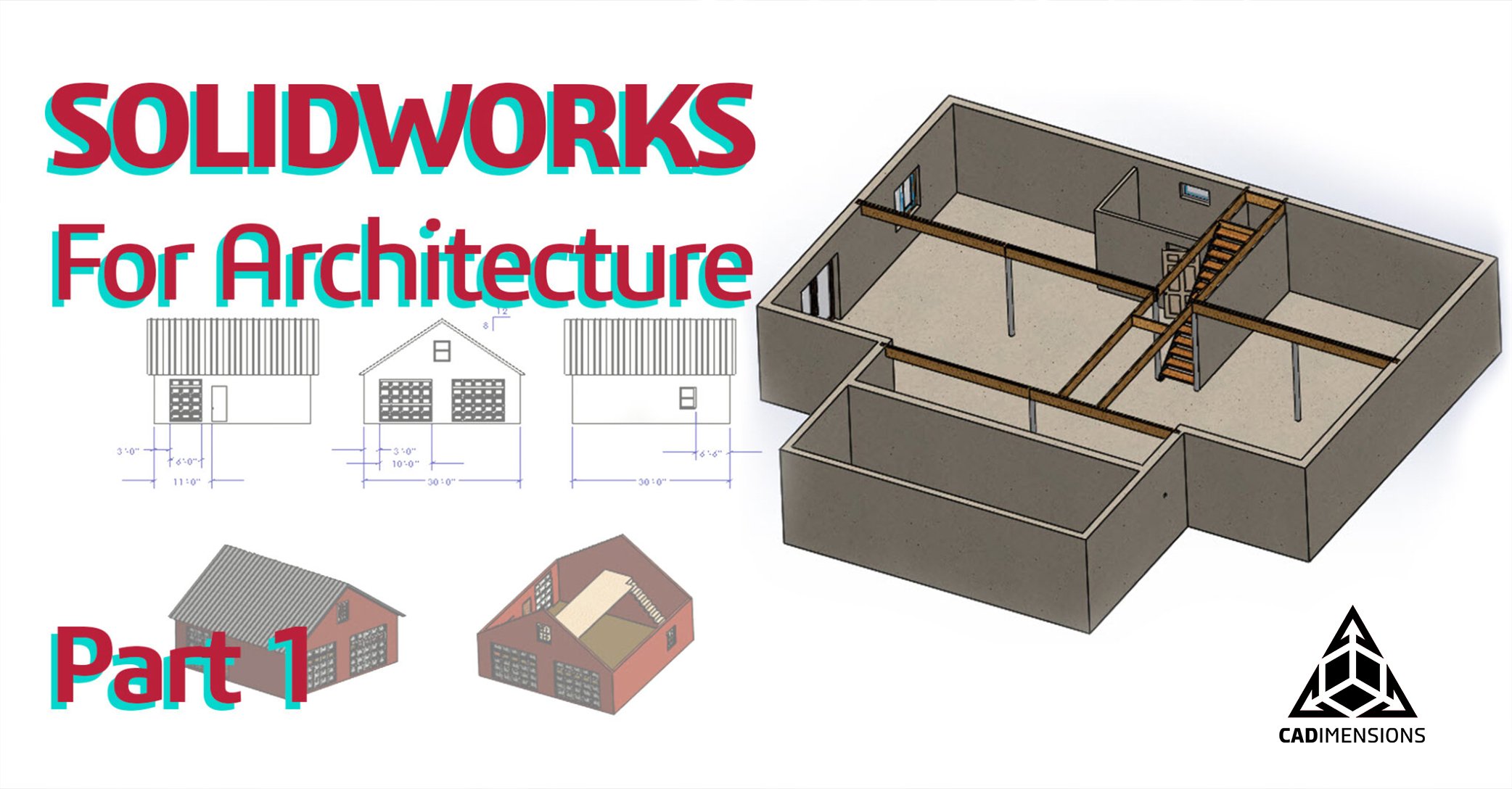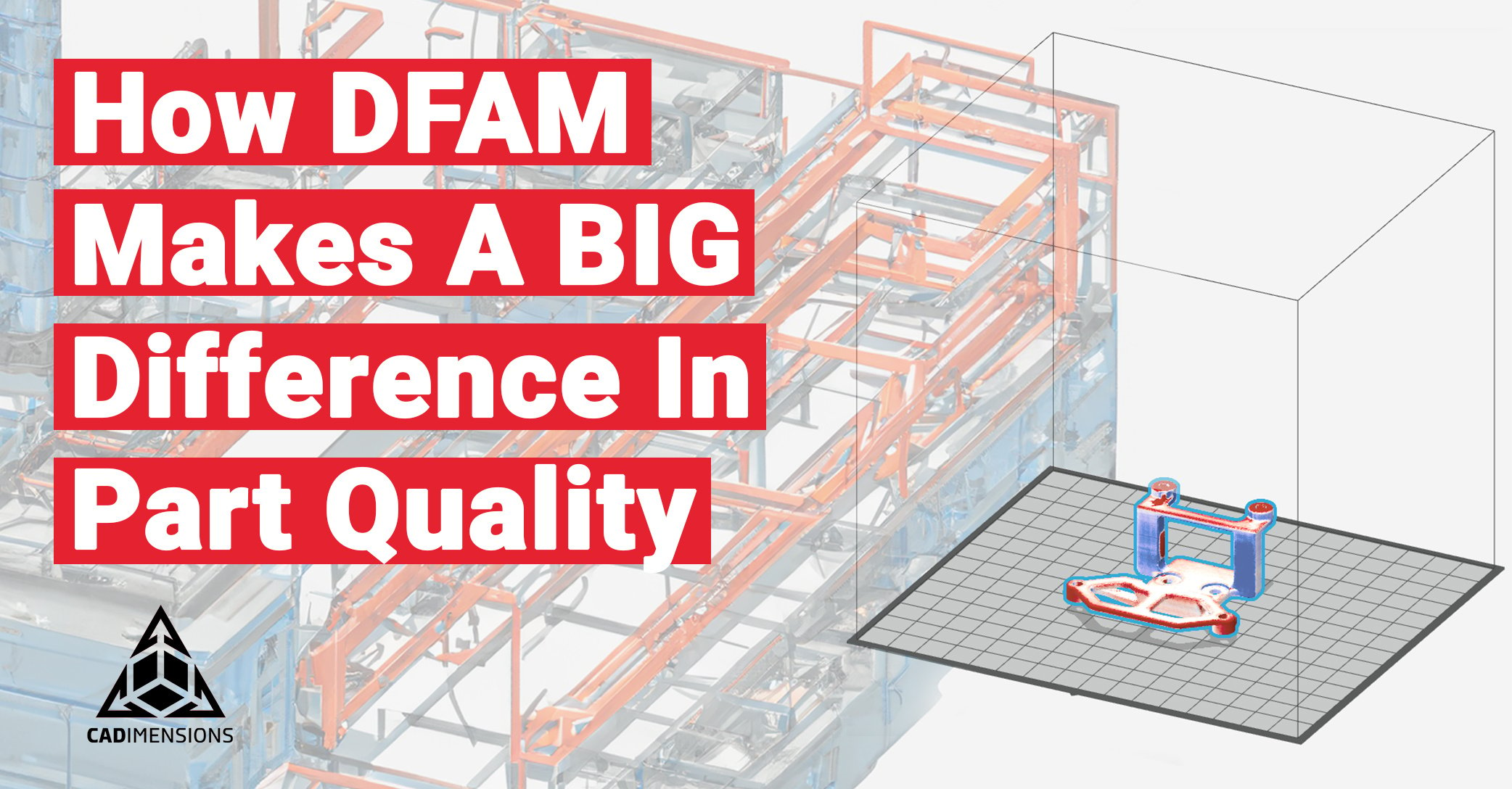Tool Room Headaches
The tool room tends to be an overlooked opportunity for improving operations. Tool room headaches are really common problems, and they don’t need to be overblown. Here is one of my firsthand examples of one of my biggest headaches at my last company.
Efficient Quality Control
I had an order come in for 5,000 pieces. The order was a super simple metal part made using our die press. I was nervous from the jump. I knew that we were already pushing our capability limits but you don’t turn down a 5,000 piece order!
Our tool room headache was accepting a +/- 0.005 tolerance on the overall height for a 5,000 piece run when we’re already backed up. The tool we were using had a history of running +.004 and we didn’t have the budget to fix it prior to the shipping deadline. Left without an option, we ran the parts and our first qualifying pieces came back from the quality team. The first run was coming off at .004, so we are feeling good at this point.
At this point, our hands are tied. We accepted the order, agreed to the tolerances and had a firm deadline. I knew we needed to run by the next day to hit the delivery target. I tried to come up with a simple way to pass parts through a simple QA check that would ensure we’re within the tolerance range. In about 20 minutes I drew up a quick height gauge and took the drawings to the tool room guys. It was extremely simple, a little U-shaped bar that the operator would slide the part under as they were putting it into a bin after it was hit. If the part went under freely, it was in spec and moved on.
Boom, problem solved! Except that the tool room guys were days behind their normal schedule and the CNC’s were packed for 3 weeks. I don’t blame those guys, they go above and beyond every day so when they say no, I know it’s not for lack of effort. These are the tradeoffs that happen all the time in a contract manufacturing facility. How do I find a way to wedge in this quality gauge, knowing full well it’s low priority for the tool room who needs to get customer parts done? Long story short, I did not get my ever so simple 20-minute gauge.

The order was sent back.
The order ran as scheduled and shipped on time. However, it didn’t take long before the crates came back. Mr. Customer got his delivery and among the very first few, found a handful of parts that were +.006 on height and had sent the entire order back.
For all my efforts to help prevent this, I was rewarded by getting asked to spend the following weekend sitting in the back measuring all 5,000 pcs by hand with a set of calipers. I went through all 5,000 parts and found that less than 1% were bad.
Outside of my own animosity for giving up my weekend to fix a problem I tried to prevent in the first place…I couldn’t help but think how I could have avoided the whole issue to begin with.
It’s not that the tool room is overloaded, it’s not that my boss was cheap or tried to take a shortcut, we just didn’t have the right tools. The gauge I wanted the tool room to cut from metal could have been printed in ABS plastic in about 4 hours.
4 hours and I would have my gauge, caught reject parts and avoided the company taking a bath on the whole order, not to mention the damage to the customer relationship.
Companies today are finding ways to replace their traditional manufacturing methods with things like 3D printing because it’s a faster process, it’s less expensive with less waste and it doesn’t tie up other precious resources like the CNC, mill or lathe.


















